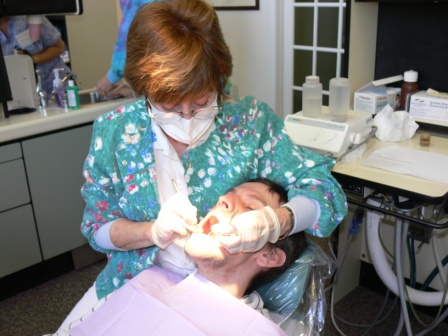An editorial comment:
I attended and sat through my first Revenue Consensus meeting on Friday. Three hours of economists talking about GDP, CPI, housing starts, and lots of numbers. Did I mention the economists' jokes? (HINT: They aren't funny unless you are an economist.)
After that, the Michigan School Business Officials School Finance committee held a meeting in the House Speaker's Library room. Another hour of folks interpreting what we just heard. Boy, was that fun. Not.
So, here's what I heard:
The State's General Fund for 2009-2010 fiscal year which ends September 30 is in trouble to the tune of about 1/4 billion more than what they thought just this past January. The School Aid Fund is in better shape than projected in January by a similar amount. The economists project that 2010-2011 will be somewhat better, "moderately better" was the phrase used.
Revenues for the State of Michigan are at their lowest levels since the 1960s. The reasons are varied but include that we have had numerous tax cuts and more and more of our economy is exempt from sales tax since few services are taxed. I played on my high school golf team for four years, but don't see the fairness in our taxing a child's back to school clothing, but not taxing golf rounds. In fact, if anything it ought to be the opposite.
And while as a school business official, I appreciate that school revenues look slightly better, I also realize that many of the services that our families receive including mental and medical health, social services, police protection, day care, transportation, etc., are at risk.
So, I think we all should be concerned. No child, no family should slip through the gaps of an already stretched social safety net. My opinion.
Please allow me to expand upon this blog's slogan by stating that we are:
One Michigan, One Community.













